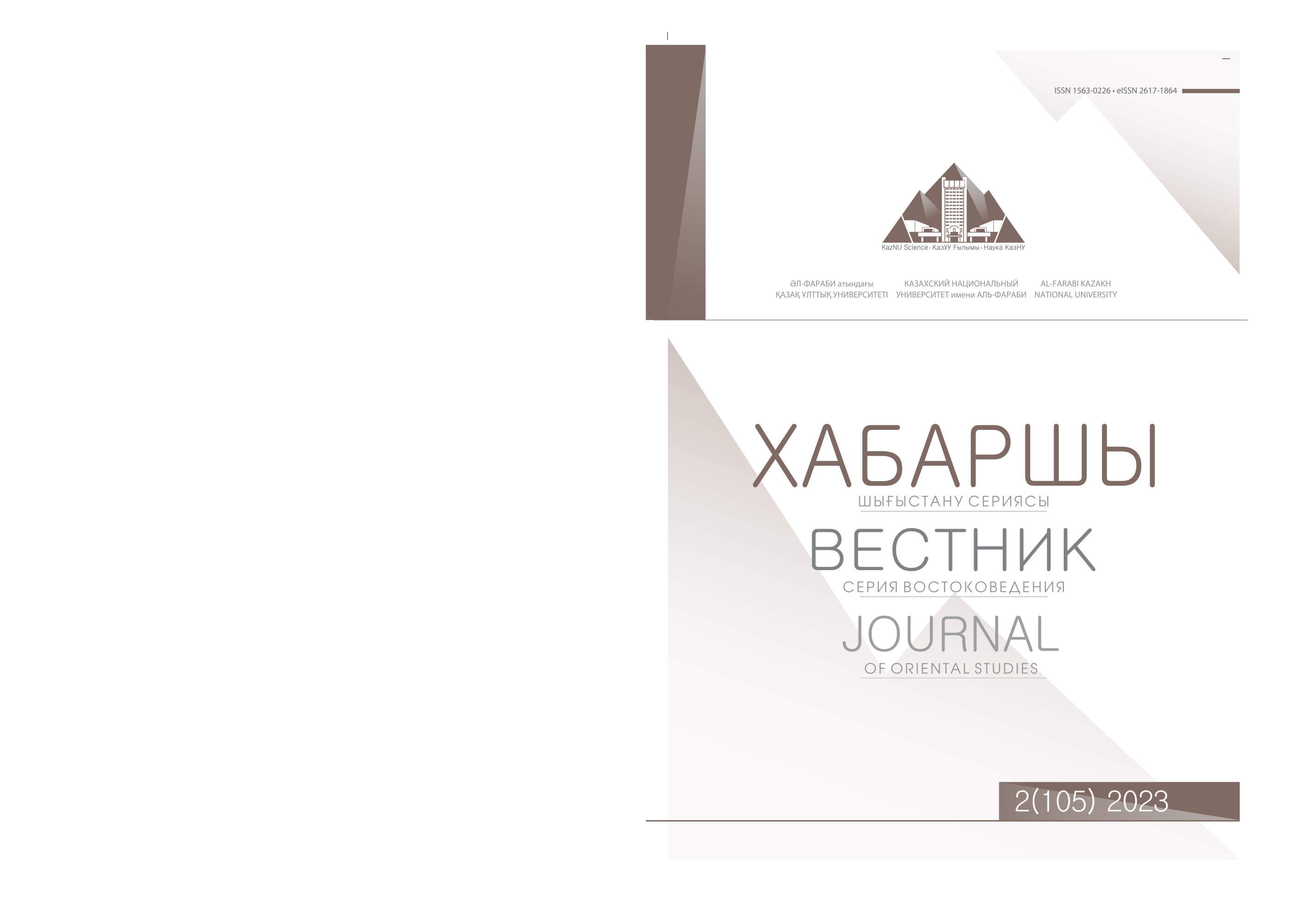The Content Structure Of The Treatise "Dastur Al-İlaj"
DOI:
https://doi.org/10.26577/JOS.2023.v105.i2.013Abstract
The field of medicine originated in ancient times and developed according to society's values. Religious beliefs, lifestyles, and customs shape national medicine, which in turn is shaped by history and culture. This culture, known in the scientific literature as "folk medicine," also existed in Kazakh society. This cultural manifestation, dubbed "Field Medicine" in our article, was documented in written sources from the Karakhanit, Khorezm, and Chagatai periods, and some of it was preserved in folk literature. There are medieval written monuments among the nomadic peoples of Central Asia that contain a wealth of information about common diseases, as well as the names of medicines and medical terms used to treat them. One of them is Sultan Ali al-work Khorasani "Dastur al-ilaj," written in the first half of the 16th century (933/1526-27). This single treatise, written in Turkic in Deshti Kipchak and then spread in Persian to India, Afghanistan, Iran, and Sham, piqued the interest of many peoples. The text of the work reveals not only how much nomadic peoples, known as "nomadic Uzbeks," knew about the physiology and characteristics of the human body, as well as how much they understood the nature of plants and animals, but also a wealth of information about folk medicine rituals, procedures, and religious beliefs.
However, despite its popularity among Turkic and Persian-speaking peoples, the work has received little attention. The Turkic version, which was kept in a private fund in Almaty, was taken for research as part of the AR09259326 grant project "Dastur al-ilaj - the source of field medicine" of the Scientific Committee of the Ministry of Education of the Republic of Kazakhstan. The article summarizes the findings of the text and data analysis, as well as systematizes the content structure of this work's Turkic version.
Key words: Dastur al-ilaj, traditional medicine, medical treatise, medieval written monuments, medical art of the Turkic peoples.




